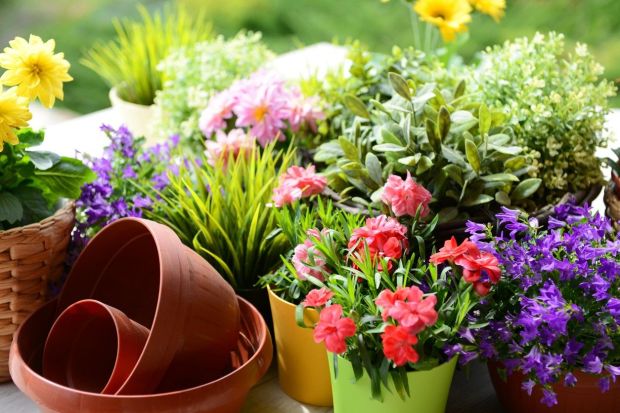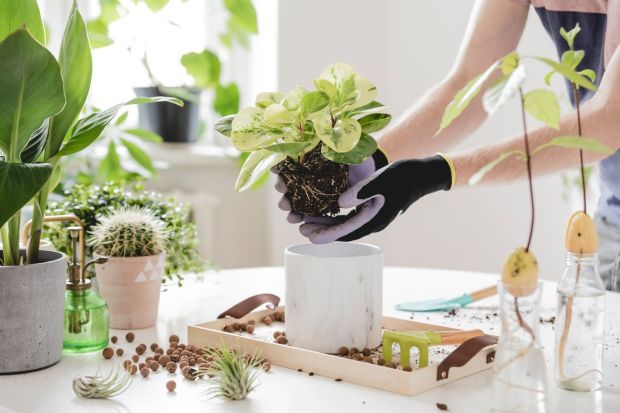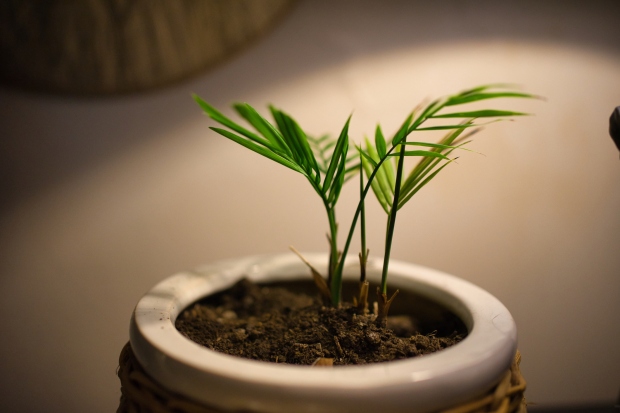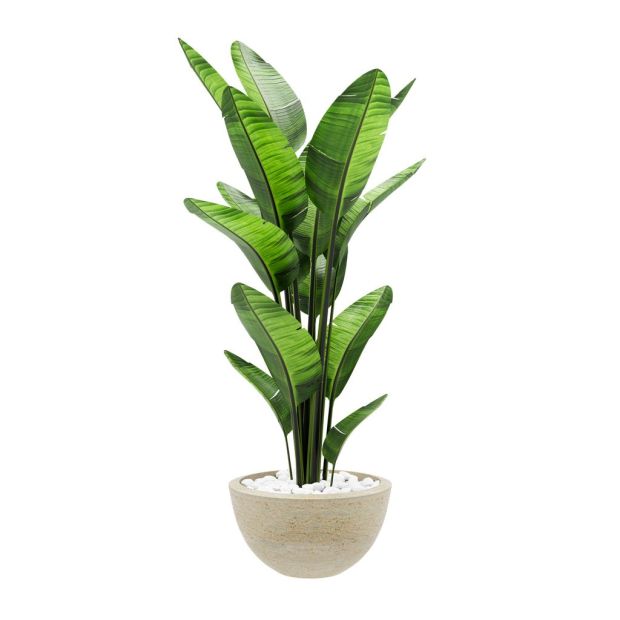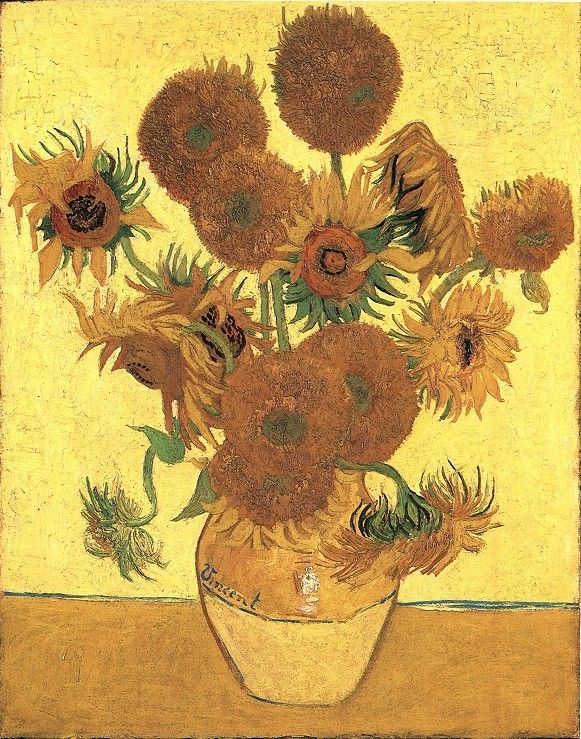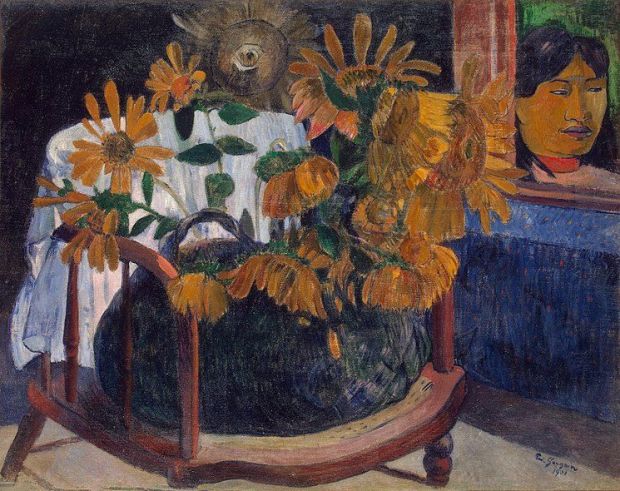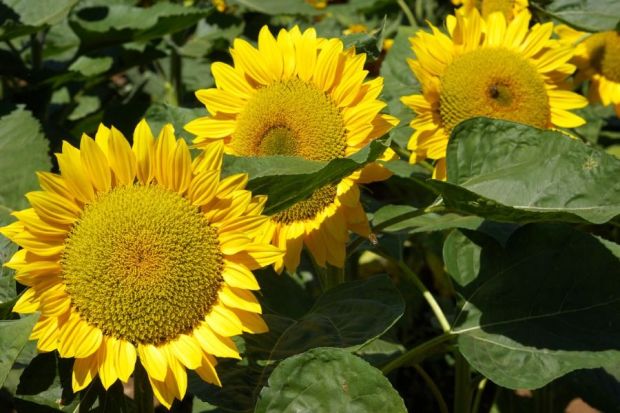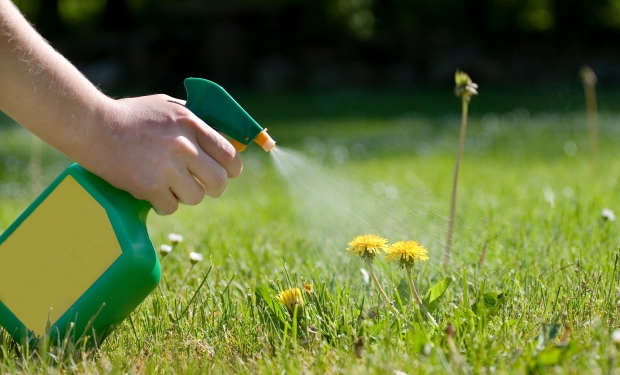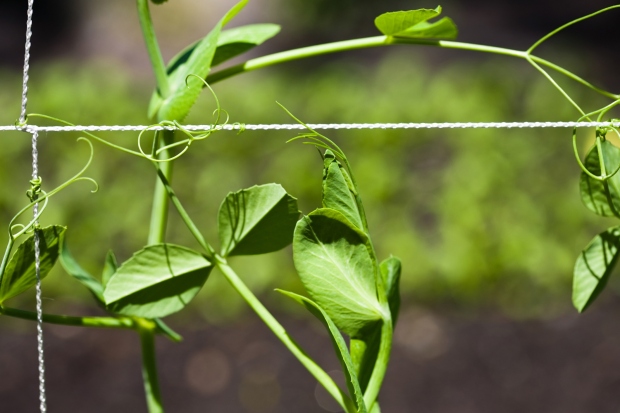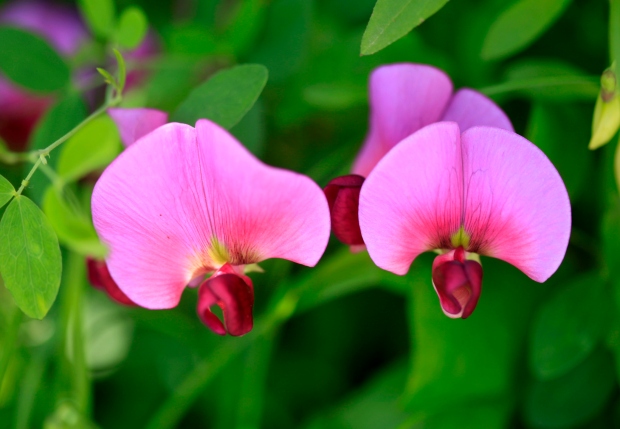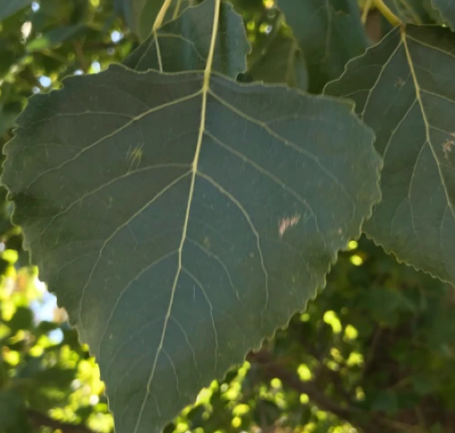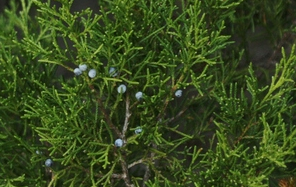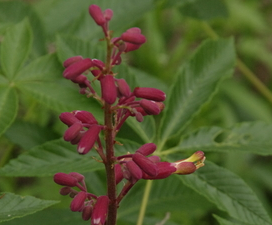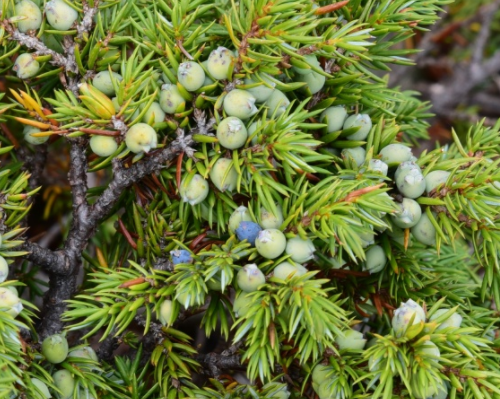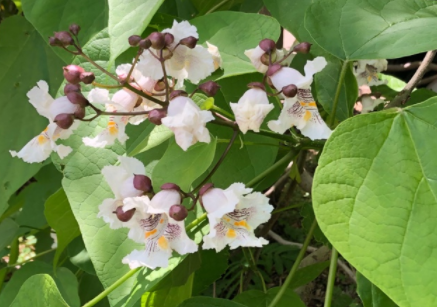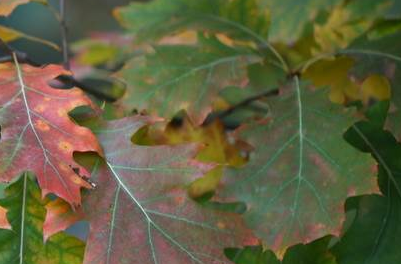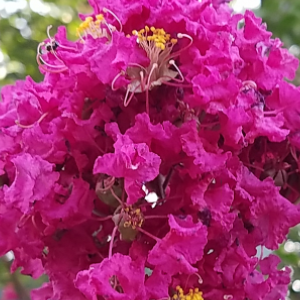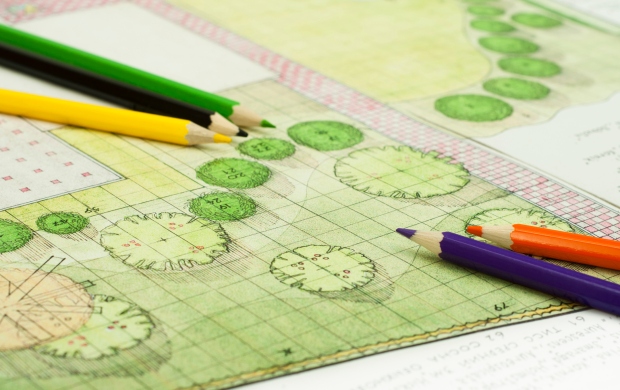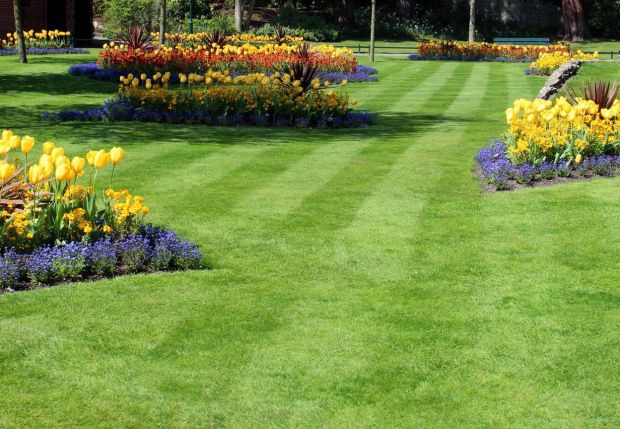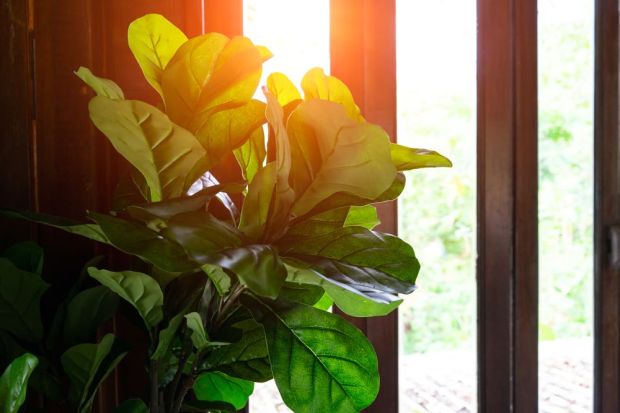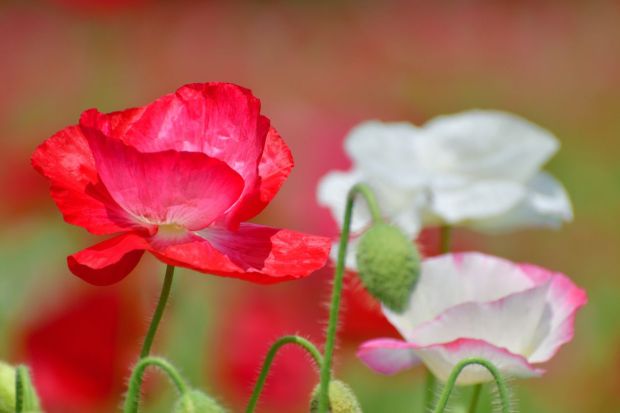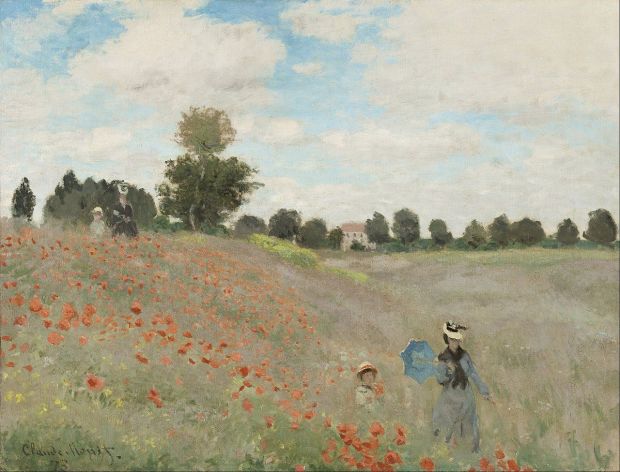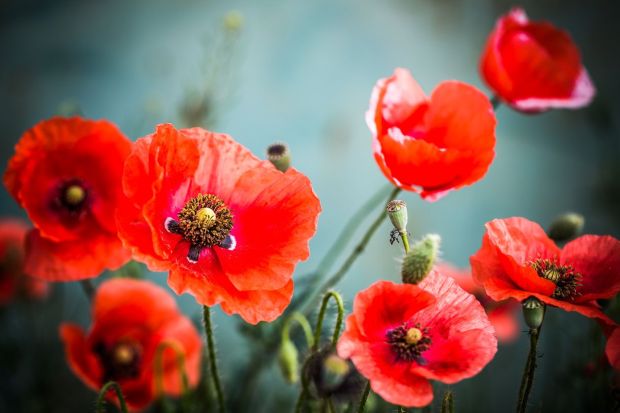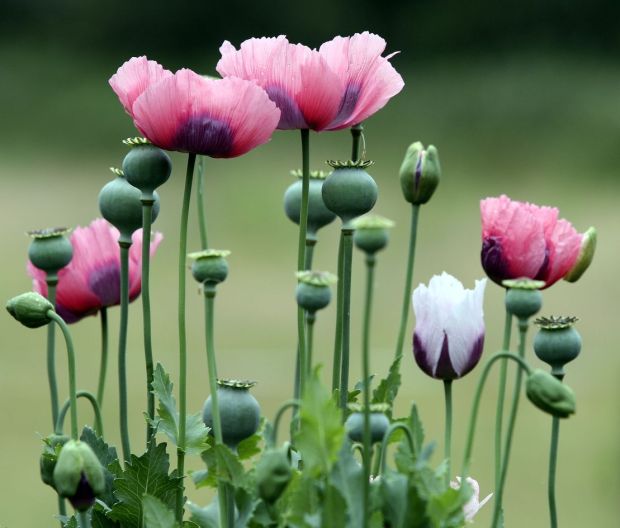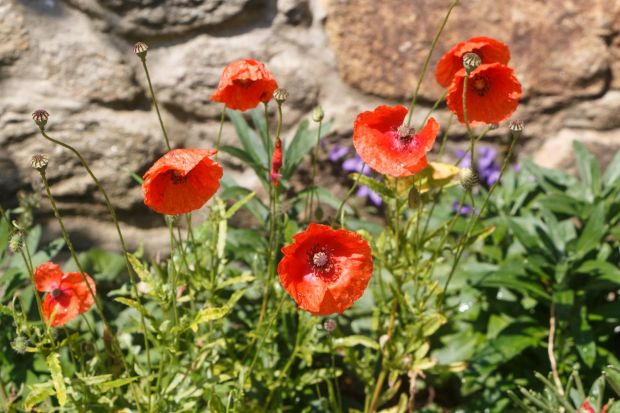Creating a Tree of 40 Different Fruit
Sam Van Aken successfully grafted 40 different types of fruit to a single tree to create a gorgeous piece of art that produces beautiful blooms in the spring and a bounty of fruit in the summertime. If you have the time and patience, you can also create your own 40 fruit tree at home!
The technique of grafting trees together has been around since humans began to domesticate plants and animals. There have been mentions of grafting as early as 2000 BCE in China, where they grafted pear twigs onto crab apple, jujube, and pomegranate stock.
Since then, grafting has become a common horticulture technique that allows plants to take on different properties such as improved hardiness and faster growth to maturity.

Of course, in order to produce a successful graft, the trees need to be compatible with each other. You cannot, for example, graft a grape vine to an apple tree and expect to produce anything.
In general, the closer two plants are genetically, the more likely the graft union will form. Artist and professor Sam Van Aken took grafting to the next level to create a tree that bears 40 different types of fruit.

How It Began
Van Aken grew up on a family farm in Reading, Pennsylvania but turned to art when he attended college and entered the working world.
In 2008, Van Aken learned that an orchard at the New York State Agricultural Experiment Station would be shut down due to lack of funding. This orchard grew several heirloom, antique, and native varieties of stone fruit, with some trees being 150 to 200 years old.
To preserve the trees and the different stone fruit varieties, Van Aken decided to buy the orchard. Then, Van Aken started experimenting with grafting and released his Eden exhibition.

The Goal of the Tree of 40 Fruit
While Van Aken’s initial goal was to create a transformational work of art, he discovered how few varieties of stone fruit are commercially available. Due to industrialization and the creation of monocultures, many varieties of fruit are disappearing.
Because of this, Van Aken believes that his trees are a way of preserving these native and antique varieties.

Since his first tree, he has amassed more than 250 varieties of stone fruit, which he has primarily found through local farmers and growers. Not only does he preserve these varieties in his orchard, but he grafts them onto different trees.
Van Aken hopes that he can preserve the agricultural history of each area in his trees and spread awareness of the rich variety of fruit available in the world.

And it seems to have worked. The beautiful blossoms in the spring attract people from all around, but it’s the fruits themselves that spark conversation.
For many who are not aware of farming and growing, the different flavors of these local and heirloom varieties found on the tree make people question why there are only a handful of plum, peaches, and apricots varieties at their local market.

How to Make Your Own Tree of 40 Fruit
Van Aken takes around five years to develop each tree and graft the 40 different varieties onto it. Therefore, patience is key if you want to create your own Tree of 40 Fruit.

Van Aken uses a chip grafting method. Below are the steps he takes to create a Tree of 40 Fruit:
- Cut a chip of wood containing a bud from the scion with the desirable properties
- Cut a similarly shaped chip out of the rootstock
- Place the scion in the rootstock cut so that the cambium layers match
- Attach the two pieces with grafting tape.
- Color code each branch so you don’t forget what you’ve grafted!

While you can do this method in mid-to-late summer, Van Aken does his grafting during the spring. Depending on sap flow, the bud might not grow until the following spring. You can tell if the grafting was a success by seeing whether the bud swells or shrivels.
As with any grafting, you’ll want to choose plants that are genetically similar to each other for best results. It’s one of the reasons why Van Aken chose to graft stone fruits together. They share many qualities, but there’s still a lot of different varieties available from local farmers.
Of course, you can try different fruits and even flowers to create your own piece of art.
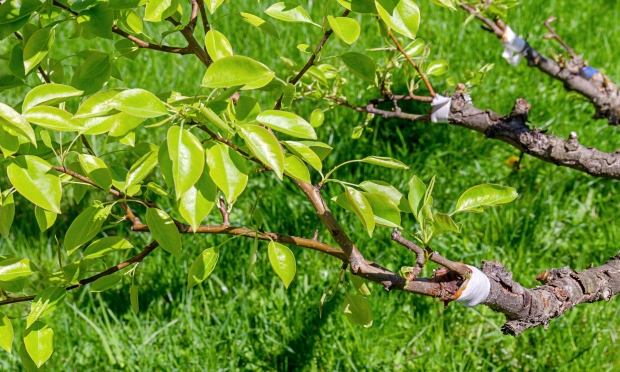
What started off initially as an experimental artwork has evolved to explore and reintroduce different stone fruit varieties to the public. One day, Van Aken hopes to fill a small orchard with his creation.
With time and patience, you too can create your own Tree of 40 Fruit!
